Top 10 Amazing Ocean Mysteries and Phenomena – Part 2
This is second part of our previous article – Top 10 Amazing Ocean Mysteries and Phenomena
The calm and sometimes scary waters of the seas around the world keep an infinite number of mysteries beneath its surface. While a larger part of the ocean remains unexplored by the human beings, the known phenomenon in the blue waters often confuses us, especially seafarers and divers.
Here is a list of few popular ocean mysteries and phenomena that still require more attention to fully understand the reason behind.
1. Striped Icebergs
Icebergs, the large pieces of ice floating in the ocean, are frozen fresh water break off from glaciers. As a result of a process called calving, the ice pieces come off in different sizes and forms, known as brash ice, bergy bits, and tabular berg etc. Sometimes, icebergs come with colored stripes – including brown, black, green, yellow, and blue- unlike the normal white pieces. Called as striped icebergs, these chunks of ice acquire colors due to different natural reasons.
According to scientists, blue stripes are created when the ice melts and freezes quickly, without forming bubbles due to compression. Since the Iceberg’s absorption spectrum is similar to that of water, it absorbs all the colors except blue. The iceberg gets green color due to the rich algae in the seawater. The salty water enters into the cracks and fissures of the large ice piece when it falls into the sea, and freezes onto the bottom. However, colors such as brown, yellow and black appear on an iceberg due to the sediment picked up from the ground before the large chunk of frozen water falls into the sea.
2. Maelstrom
Maelstrom, the powerful and dangerous whirlpool, is one of the nightmares of seafarers when they are at sea. Though whirlpools, a body of swirling water caused by a turbulent flow, are common in any water bodies in different sizes, Maelstrom comes in an extraordinary size and force, even with a capacity to put big ships in danger. There is few notable such deadly vortex of a violent turbulence around the world.
Norway’s Saltstraumen is the deadliest maelstrom in the world due to its strongest tidal currents. Situated at a narrow strait near the town of Bodø, Saltstraumen features the passage of an estimated 400 million cubic meters of water through the Strait four times a day, reaching speeds of 40 km/h. Moskstraumen is the second strongest Maelstrom in the world. Located in the open seas in the Lofoten Islands off the Norwegian coast, the circular currents of water in this deadly whirlpool reach speeds as high as 32 km/h. Another named Corryvreckan is the third largest whirlpool in the world. Located between the islands of Jura and Scarba, Corryvreckan produces currents reaches speeds of 18 km/h.
3. Frost Flowers
The flora and fauna in the sea comprise a variety of plants including marine algae and seagrasses, among others. However, the “frost flowers” appear in Arctic and Antarctic seas are a different phenomenon among them. The Frost flowers are not real flowers but are ice crystals look like flowers.
The phenomenon happens when frost grows from imperfections in the surface ice, usually on young sea ice, during extreme sub-zero temperatures. The thin layers of ice come out from long-stemmed plants and often shaped into such patterns that resemble real flowers. Researchers have found that such flowers, apart from frozen water, contain a variety of microorganisms, acting as a temporary ecosystem.
4. Brazilian’s Longest Wave on the earth
Waves, especially during storms, make life at sea terrible for humans. However, the tidal waves on the Amazon River are popular for its lasting time. The Brazilian’s longest wave on the Earth, called as the Pororoca, is a result of the tides of the Atlantic Ocean which meet the mouth of the Amazon River twice a year.
In the days between the months of February and March, the waters of Atlantic Ocean roll up the river in Brazil, producing waves that are wave two to three kilometers wide and capable of moving along at up to 30 kph. Reports suggest that the phenomena occur once a night and once a day for three days between February and March. The name “Pororoca” derives from the indigenous Tupi language, in which locals consider it as “great roar” due to destructive nature. The wave, which can be apparently heard about 30 minutes before its arrival, destroys everything on its way.
5. Submarine volcano
We have a number of active volcanos on the land across the world, which often disturbs the lives around. Similarly, the seabed witnesses similar volcano eruptions at times. According to reports, the ocean experiences the most productive volcanic systems on Earth, mostly under an average of 8,500 feet (2,600 m) of the surface. An estimated 75% annual output of magma is being produced through these underwater vents or fissures in the seabed.
While most of the active submarine volcanos are situated in the deep water, there are few in shallow water, often disclose their presence by discharging materials high above the surface. Scientists suggest that there are more than 1 million submarine volcanoes and among these, few even rise over 1 km above the seabed during the eruption.
6. The Southern Cross
There are many tales in which seafarers sought the help of stars to guide them in the night. The Southern Cross, a popular star pattern in the southern hemisphere, has been credited for helping marine travelers to find their way ahead in the past. With its two pointers, the asterism has been used a navigational tool to find the South Pole.
The Southern Cross, one of the easiest asterism to identify in the sky, forms part of the constellation Crux. According to scientist and astronomers, the stars that make up the Southern Cross include Alpha, Beta, Delta, Gamma and Epsilon Crucis. Among these stars, which are at least 10 to 20 million years old, the nearest is 88 light-years from the Earth, while the furthest is 364 light-years away from our planet.
7. Fata Morgana
A Fata Morgana is an optical phenomenon that creates an unusual form of the mirage which appears periodically above the ocean horizon. The Fata Morgana mirages distort the object on which they are based, sometimes making it fully unrecognizable. The term was coined in Italian, in which ‘fata’ means ‘fairy’ and Morgana stands for the sorceress from the legend of King Arthur. The name comes from a belief that those mirages or fairy castles were created by witchcraft to lure sailors to their death.
Fata Morgana happens, in scientific terms, when the light passes through air layers of different temperatures. Scientists suggest that the phenomenon happens when a layer of warmer air comes directly above a cold air layer. Fata Morgana often hides a distant object, including boats, from the view.
8. Rogue Wave
Generally known as monster waves and killer waves, the Rogue Waves are extreme storm waves that are bigger than twice the size of surrounding ones. Known for its unexpected appearance, the Rogue Wave comes with tremendous force and even goes up to the heights of large ships. Apart from its force, such waves are dangerous since these often appear from directions other than the wind flow and waves.
Rogue waves, mostly an open water phenomenon, normally happens due to high winds and strong currents, which result in the merging of small waves to create a large one with full force. Some suggest the constructive interference behind the formation such waves, in which the swells pass through one another, reinforcing each other.
9. Tidal Bores
Tidal bores, a popular tidal effect, happens when rising water from the ocean creates tidal waves that travel up rivers. The phenomenon usually happens where a river empties into the sea when the tide pushes up the river water against the current and the height of the bore will be greater near the banks of a river than at midstream. Tidal bores take place in areas where the river is fairly shallow and it has a narrow outlet to the sea.
The great examples of tidal bores are those occur on the Amazon and the Qiantang River in Southeast China. The tidal bore in Qiantang River, which is the world’s largest tidal bore, will have heights of around 9 meters and can move as fast as 40 km per hour. Other popular tidal bores around the world are witnessed on the Seine River in France, the Severn in England, and the Petitcodiac River in Canada.
10. Moskenstraumen
Moskenstraumen is a tidewater whirlpool of the Norwegian Sea in the northern Norway. Situated between the islands of Moskenesøya and Mosken, Moskenstraumen is one of the strongest tide water whirlpools in the world and forms due to a combination of several factors, such as tides, strong local winds, position of the Lofoten and also the underwater topography It features strong tidal currents that flow through the shallows between these islands and later the Atlantic Ocean and the deep Vestfjorden.
Unlike other whirlpools, Moskenstraumen takes place in the open sea and the current measures around 8 km in width and sometimes reach a speed of 11 km per hour. According to reports, the flow of currents is strongest during the days between the month of July and August.
Over to you…
Do you know any other ocean mystery or phenomena that should be listed here?
Let’s know in the comments below.
You may also like to read –
- What Are Tide Pools?
- What is a Mid Ocean Ridge?
- The South Atlantic Anomaly: Understanding the SAA Phenomenon
Disclaimer: The authors’ views expressed in this article do not necessarily reflect the views of Marine Insight. Data and charts, if used, in the article have been sourced from available information and have not been authenticated by any statutory authority. The author and Marine Insight do not claim it to be accurate nor accept any responsibility for the same. The views constitute only the opinions and do not constitute any guidelines or recommendation on any course of action to be followed by the reader.
The article or images cannot be reproduced, copied, shared or used in any form without the permission of the author and Marine Insight.
Do you have info to share with us ? Suggest a correction
About Author
Marine Insight News Network is a premier source for up-to-date, comprehensive, and insightful coverage of the maritime industry. Dedicated to offering the latest news, trends, and analyses in shipping, marine technology, regulations, and global maritime affairs, Marine Insight News Network prides itself on delivering accurate, engaging, and relevant information.

About Author
Marine Insight News Network is a premier source for up-to-date, comprehensive, and insightful coverage of the maritime industry. Dedicated to offering the latest news, trends, and analyses in shipping, marine technology, regulations, and global maritime affairs, Marine Insight News Network prides itself on delivering accurate, engaging, and relevant information.
Latest Maritime Knowledge Articles You Would Like:
Subscribe To Our Newsletters
By subscribing, you agree to our Privacy Policy and may receive occasional deal communications; you can unsubscribe anytime.



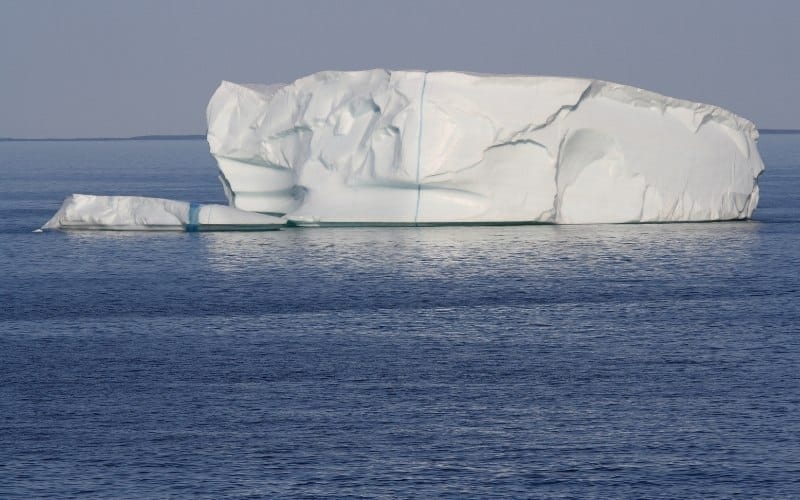
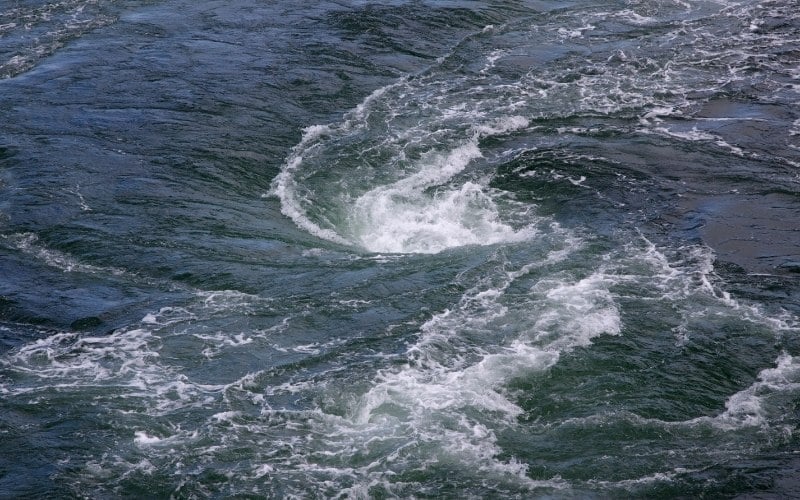
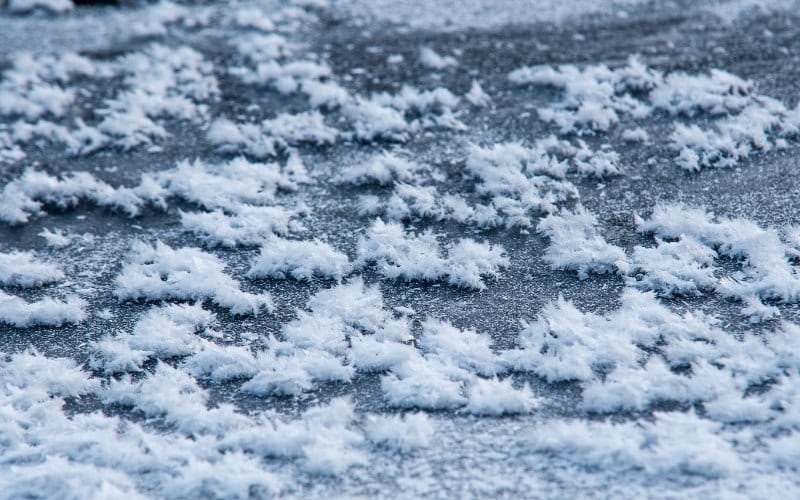
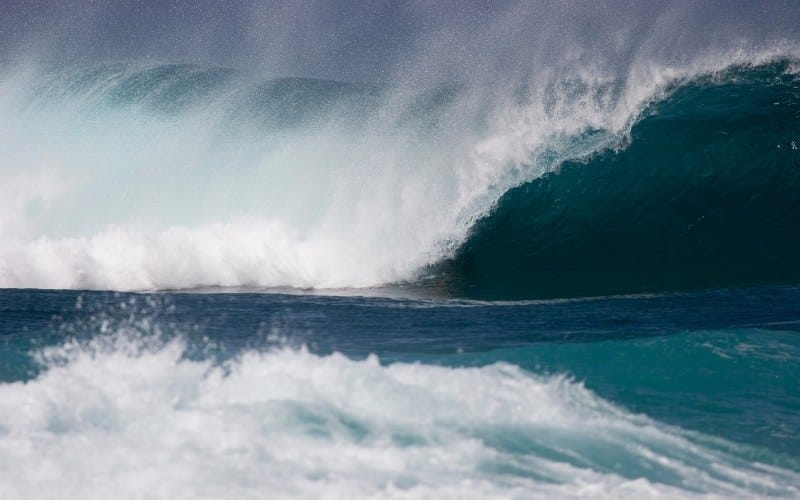
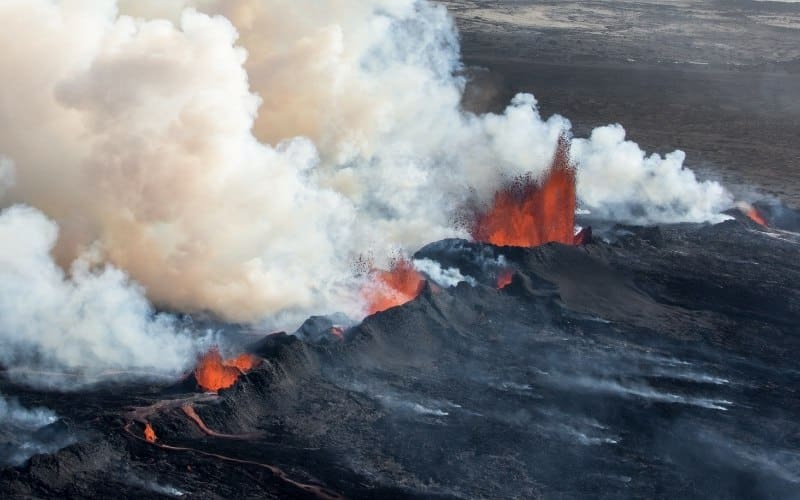
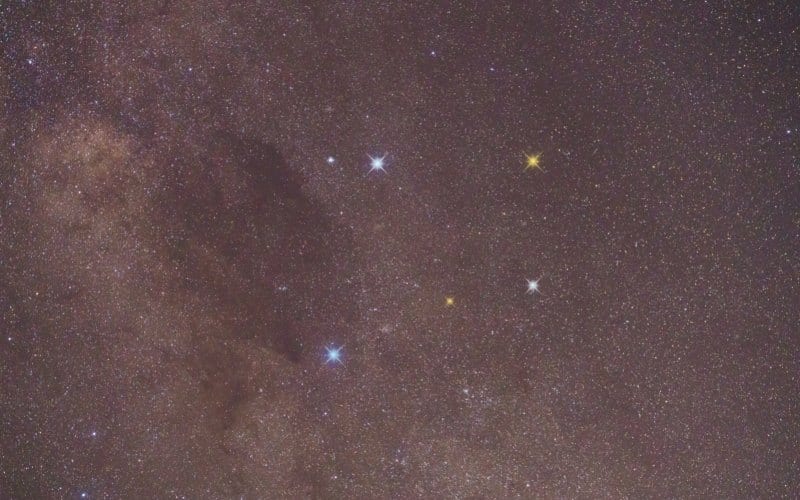
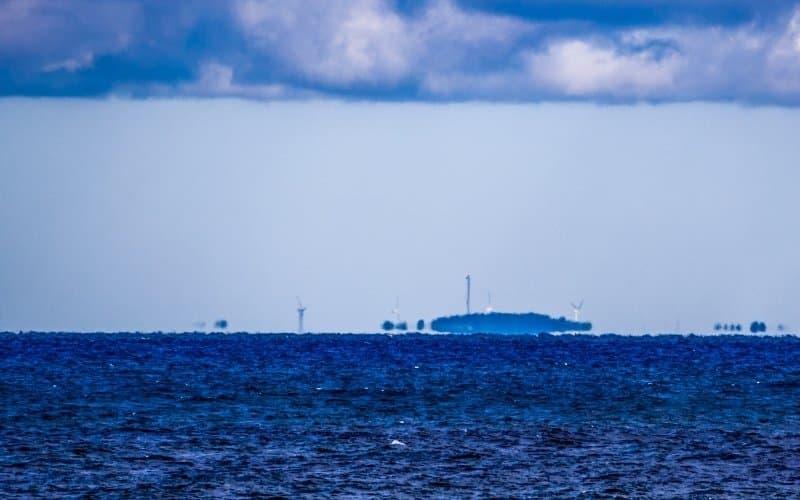
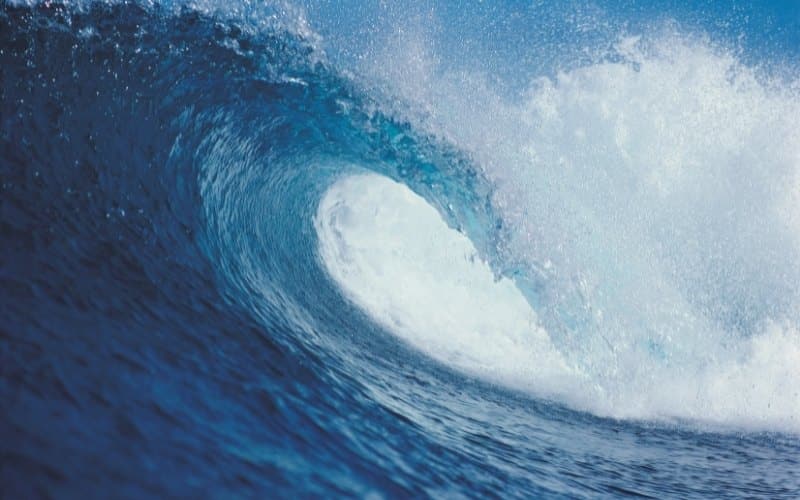
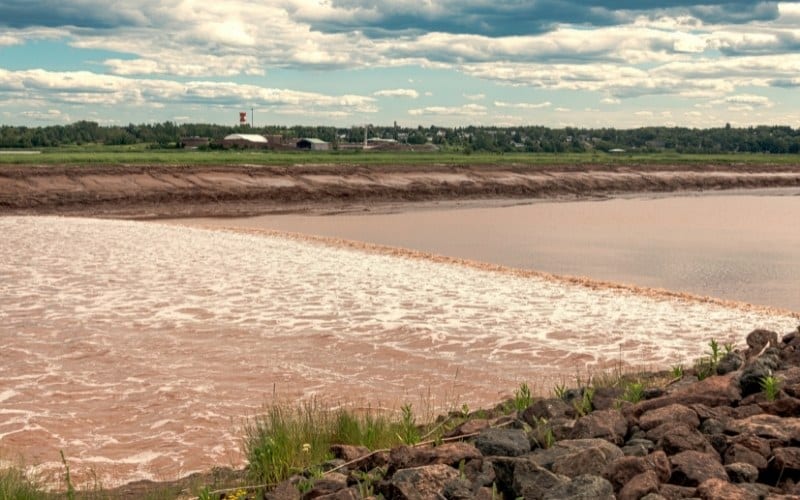
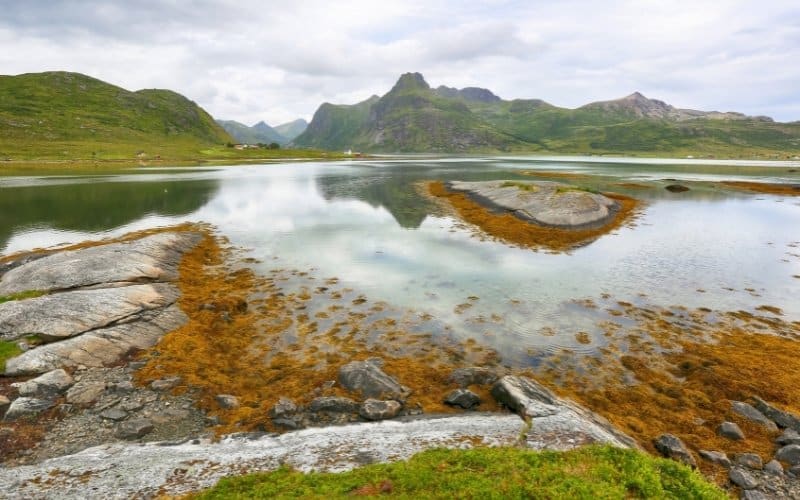













A good article. Hope the exact locations of these are known to existing shippers and naval forces of globe. It is necessary that constant updates are provided to the concerned.
We also perhaps don’t know the effect of pollution and sea hunting of whales, fishes etc referring to the natural movements of water and the plates, the volcanoes in the ocean, the life in the sea at different depths, etc. As everything is interlinked in nature and has effect on the health of humans, a specialised composite body of experts of different subjects is to be formed at a global level and advisories are issued to Governments.